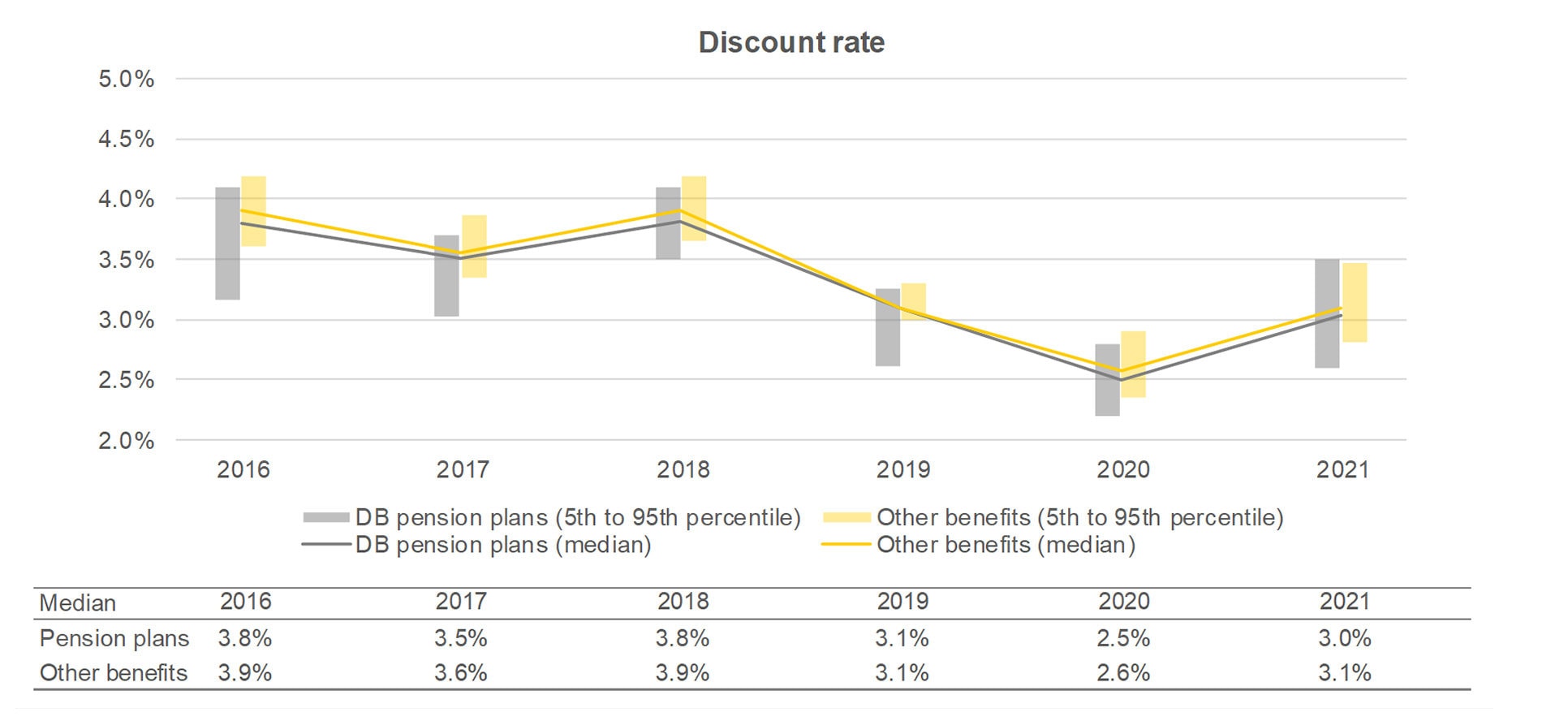

Finance
Churning: Definition And Types In Finance
Modified: February 21, 2024
Learn the definition and types of churning in finance. Discover how this practice affects your financial investments and strategies. #FINANCE
(Many of the links in this article redirect to a specific reviewed product. Your purchase of these products through affiliate links helps to generate commission for LiveWell, at no extra cost. Learn more)
Unlocking the Secrets of Churning: Definition and Types in Finance
Have you ever wondered how some individuals are able to maximize their financial gains from credit cards and bank accounts? They seem to have this magical ability to constantly earn rewards and benefits while staying ahead of the game. Well, my friend, the answer lies in the world of churning.
Churning is a strategic financial practice that involves taking advantage of promotional offers and incentives offered by financial institutions. It’s like a game – a way to outsmart the system and make the most of your money. In this blog post, we will delve into the world of churning, exploring its definition, types, and how you too can join the ranks of savvy financial churners.
Key Takeaways:
- Churning is a strategic financial practice that involves leveraging promotional offers and incentives from financial institutions.
- There are various types of churning, including credit card churning, bank account churning, and travel rewards churning.
What is Churning in Finance?
Churning, in the realm of finance, refers to the practice of strategically using credit cards, bank accounts, and other financial products to take full advantage of promotional offers such as cashback rewards, bonus points, and sign-up bonuses. By strategically opening and closing accounts, and maximizing the benefits offered, churning enthusiasts aim to optimize their financial gains.
Churning is predicated on the idea that banks and credit card companies offer these promotional incentives to attract new customers and increase their customer base. By understanding the terms and conditions and timing your actions carefully, you can maximize the benefits and earn substantial rewards.
Types of Churning
Churning can be divided into several categories, each with its own unique benefits and strategies:
- Credit Card Churning: This form of churning centers around taking advantage of credit card sign-up bonuses. By applying for credit cards with enticing limited-time offers, meeting the spending requirements, and then moving on to another card, you can accumulate a vast number of rewards points, miles, or cashback. However, it’s crucial to stay organized, manage credit wisely, and be mindful of your credit score.
- Bank Account Churning: Bank account churning involves opening and closing bank accounts to benefit from generous sign-up bonuses. Banks often offer large cash incentives for new customers who deposit a certain amount of money within a specified time period. This practice requires meticulous planning, as you must carefully track the required minimum balances and avoid excessive fees.
- Travel Rewards Churning: If you love to travel, travel rewards churning might be your ticket to discounted flights, hotel stays, and other travel perks. This method involves signing up for travel rewards credit cards, accumulating rewards points, and redeeming them for travel-related expenses. It’s important to study the travel rewards programs, understand blackout dates, and select the right cards to align with your travel preferences.
The Pros and Cons of Churning
Like any financial strategy, churning has both advantages and disadvantages. It’s essential to weigh the pros and cons before diving into this practice:
Pros:
- Opportunity to earn substantial rewards and benefits.
- Enhanced financial flexibility due to the value of accumulated rewards.
- Access to exclusive perks such as airport lounge access, travel insurance, and hotel upgrades.
Cons:
- Potential impact on your credit score due to numerous credit inquiries and new accounts.
- Meticulous organization and planning are required to stay on top of various promotional offer timelines.
- Some offers may come with annual fees that need to be carefully evaluated for their value.
It’s important to note that churning is not for everyone. If you struggle with managing credit or are unsure about your ability to meet the spending requirements, it may be best to consider other financial strategies.
In Conclusion
Churning can be a rewarding financial strategy for those willing to put in the time and effort. By understanding the definition and exploring the various types, you can embark on your own churning journey. Remember to assess the pros and cons, and always stay informed about the terms and conditions of the promotional offers. So, are you ready to join the ranks of the financial churners and unlock the potential of churning in finance?














